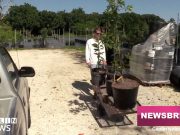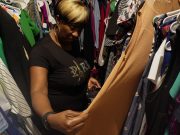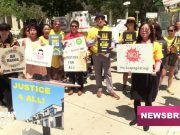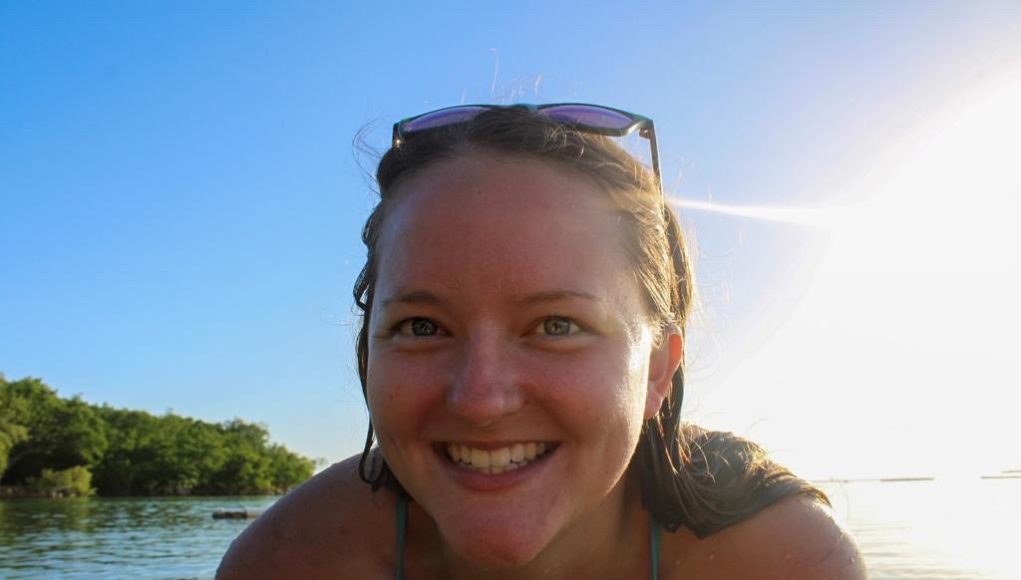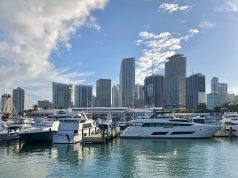Savanna Zeiger, a lab technician at Florida International University, and a group of Floridas International University researchers are working to test the compound olivine and its effects on seagrass.
They are collaborating with Vesta, a firm that promotes carbon capture, a way to harness the power of the oceans to accelerate the Earth’s natural long-term carbon dioxide removal process and enhance coastal resilience.
Olivine is a “carbon-removing sand made of the natural mineral olivine,” according to Vesta. It can remove carbon dioxide from the air. How? well, the process isn’t as complicated as one may think. This naturally occurring mineral Olivine is crushed into beach-style sand (view the first picture). Then it is placed in coastal areas that have prominent ocean acidification or high levels of dissolved Co2.
The sand then gradually dissolves and reacts with the ocean water, causing the Co2 to be permanently stored.

Although this compound is naturally occurring around the world, large amounts of it could cause some unforeseen side effects. As a result, Vesta has invested in investigating its effects on different ecosystems. I got some insight into its effects in the seagrass beds.
Florida International University conducted this investigation with 20 tanks. Working with two types of seagrass, turtle grass, and manatee grass. All of the tanks had the same sediment base layer, then they were split into groups of five. One group of five had a layer of Olivine and seagrass. The second group had an additional layer of sediment and seagrass. The third group had no added layers and seagrass. The last group had an additional olivine layer but no seagrass.
These are some of the results that were found for turtle grass or Thalassia testudinum:
(The Olovine compound was added on week 28 or October 4th)



These are some of the results for Manatee Grass or Syringodium Filiforme:
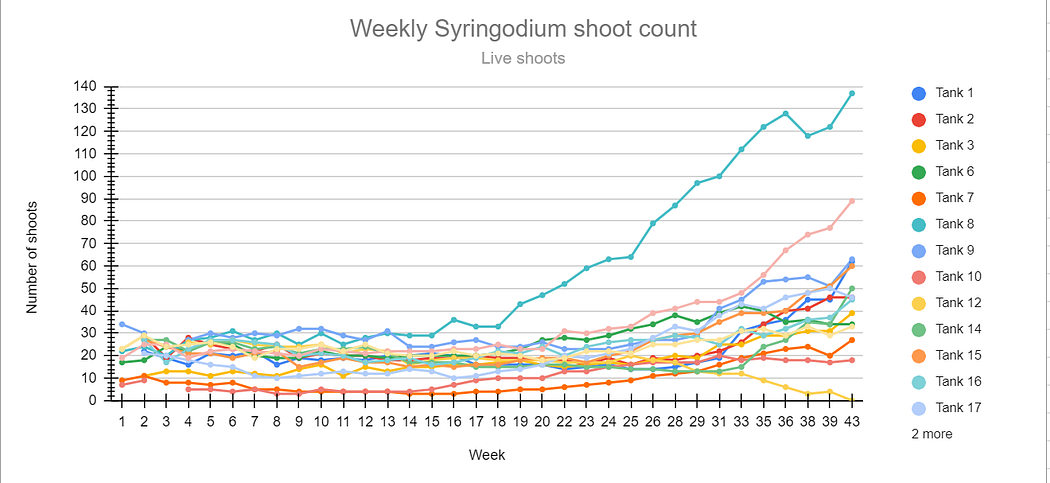


Overall, Savanna said there appear to be no adverse effects from the olivine, but that further testing is needed. If you want to learn more about this project o to understand more about what’s going on in these graphs listen to the interview above.


